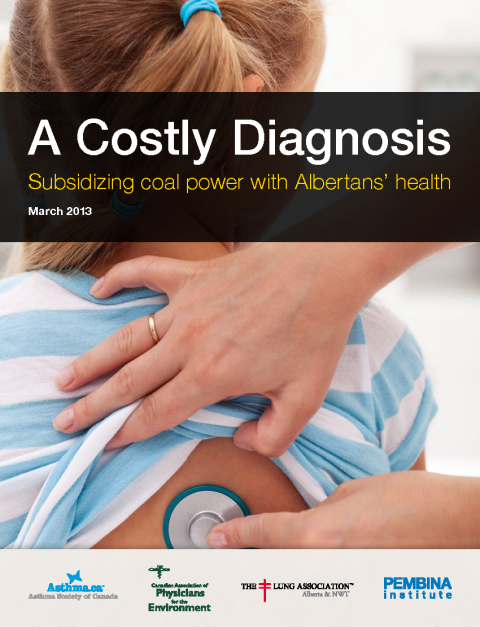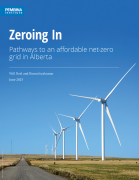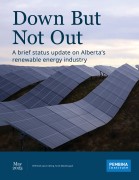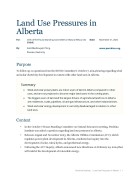Alberta burns more coal for electricity than the rest of Canada combined. In 2012, it generated 64 per cent of its electricity by burning coal. Unfortunately, coal produces more pollution than any other source of electricity, including air contaminants such as sulphur dioxide and mercury that pose serious health risks to Albertans, as well as greenhouse gasses that have major implications for climate change and the health of future generations.
Currently there are several discussions underway that will affect the length of time that coal plants are allowed to operate in Alberta before reducing emissions, ranging from 40 to 50 years beyond the original commissioning date of a coal power plant. These decisions will have real implications on air quality in Alberta and need to be reexamined. This report explores the full costs — including the health and climate impacts — of this "cheap" source of power for Alberta, and makes policy recommendations that could help the province transition to viable, healthier alternatives.
Watch the press conference
Tim Weis, director of renewable energy and efficiency policy, hosts a press conference following the release of our groundbreaking report, A Costly Diagnosis. Tim is joined by co-authors, Farrah Khan (Canadian Association of Physicians for the Environment), Dr. Robert Oliphant (Asthma Society of Canada), and Beth Nanni (The Lung Association, Alberta & NWT).








